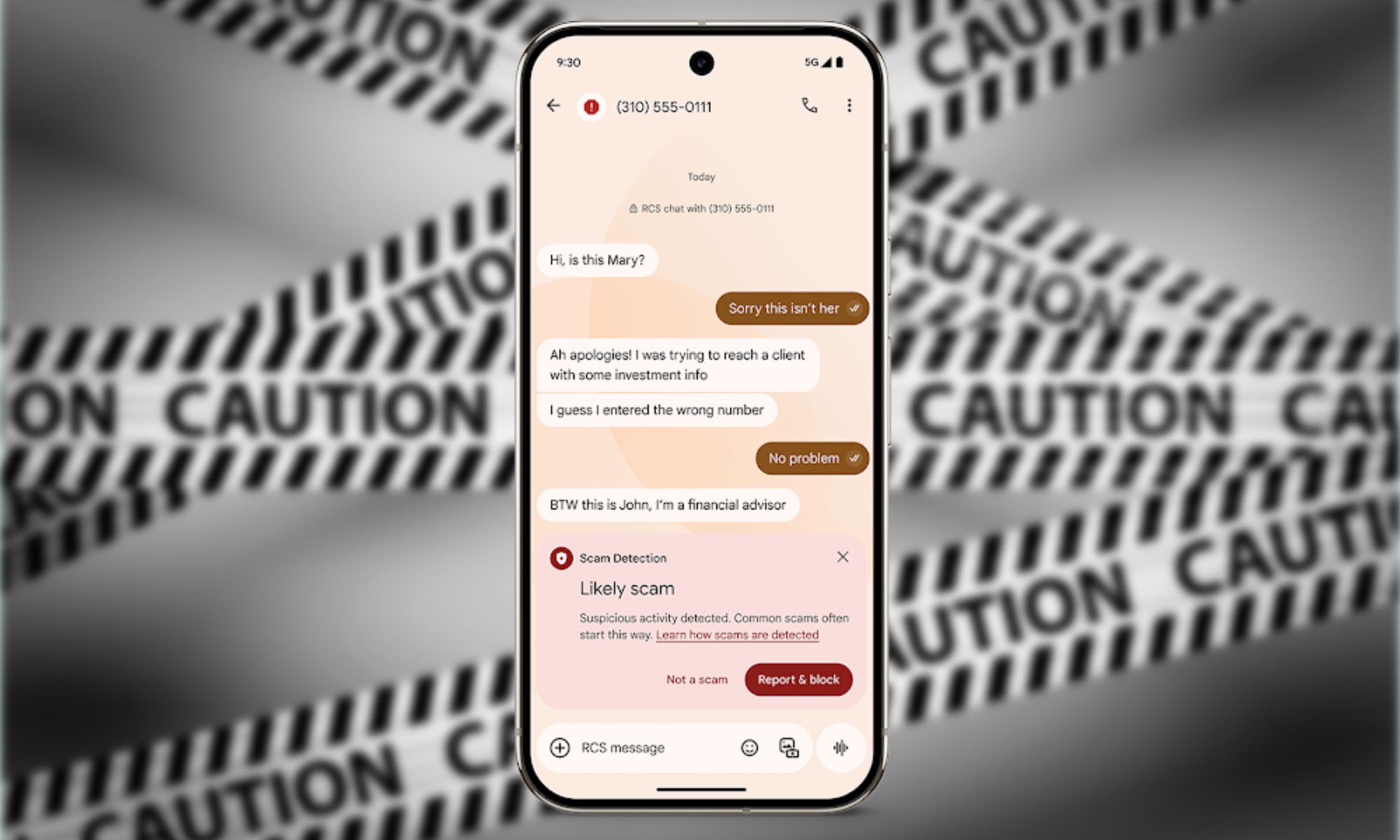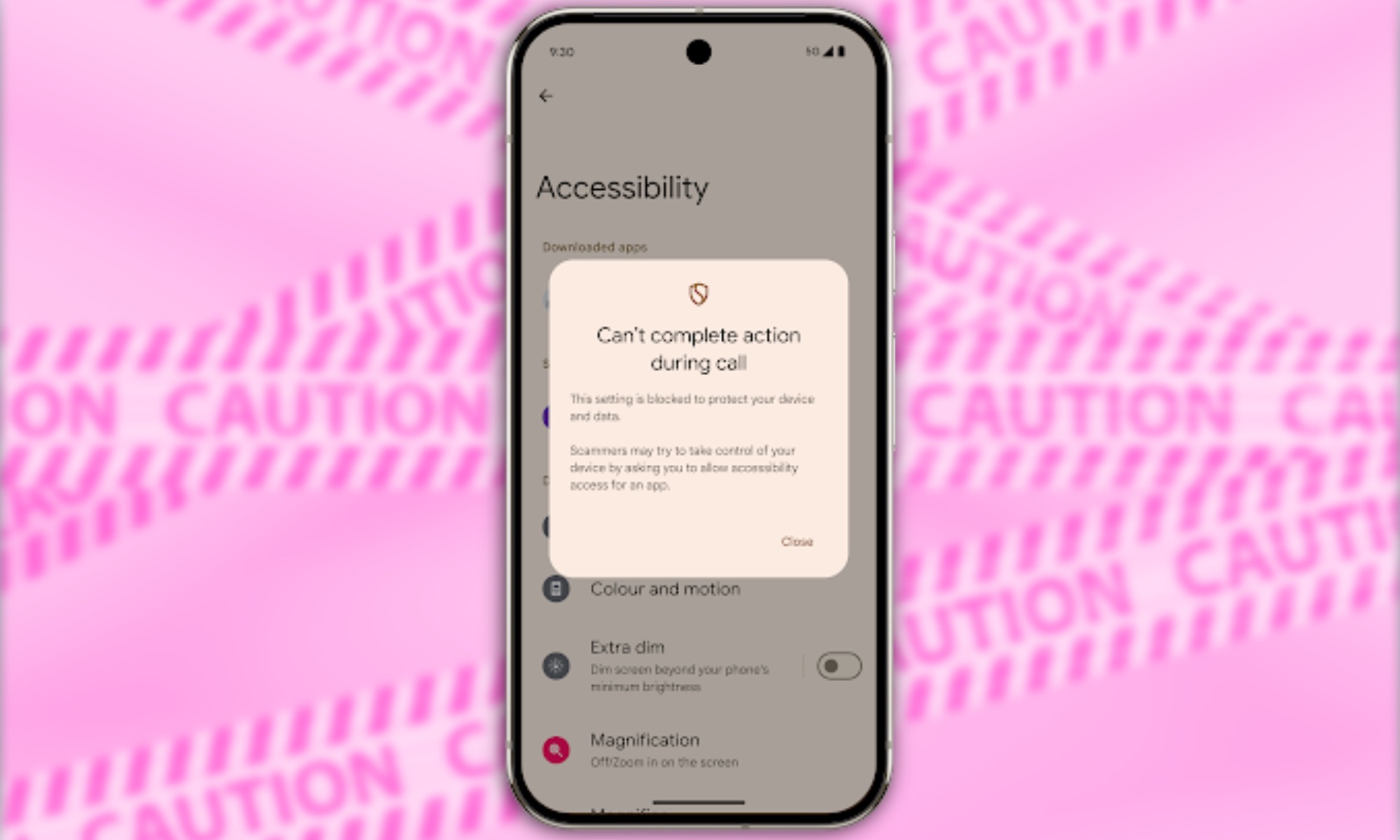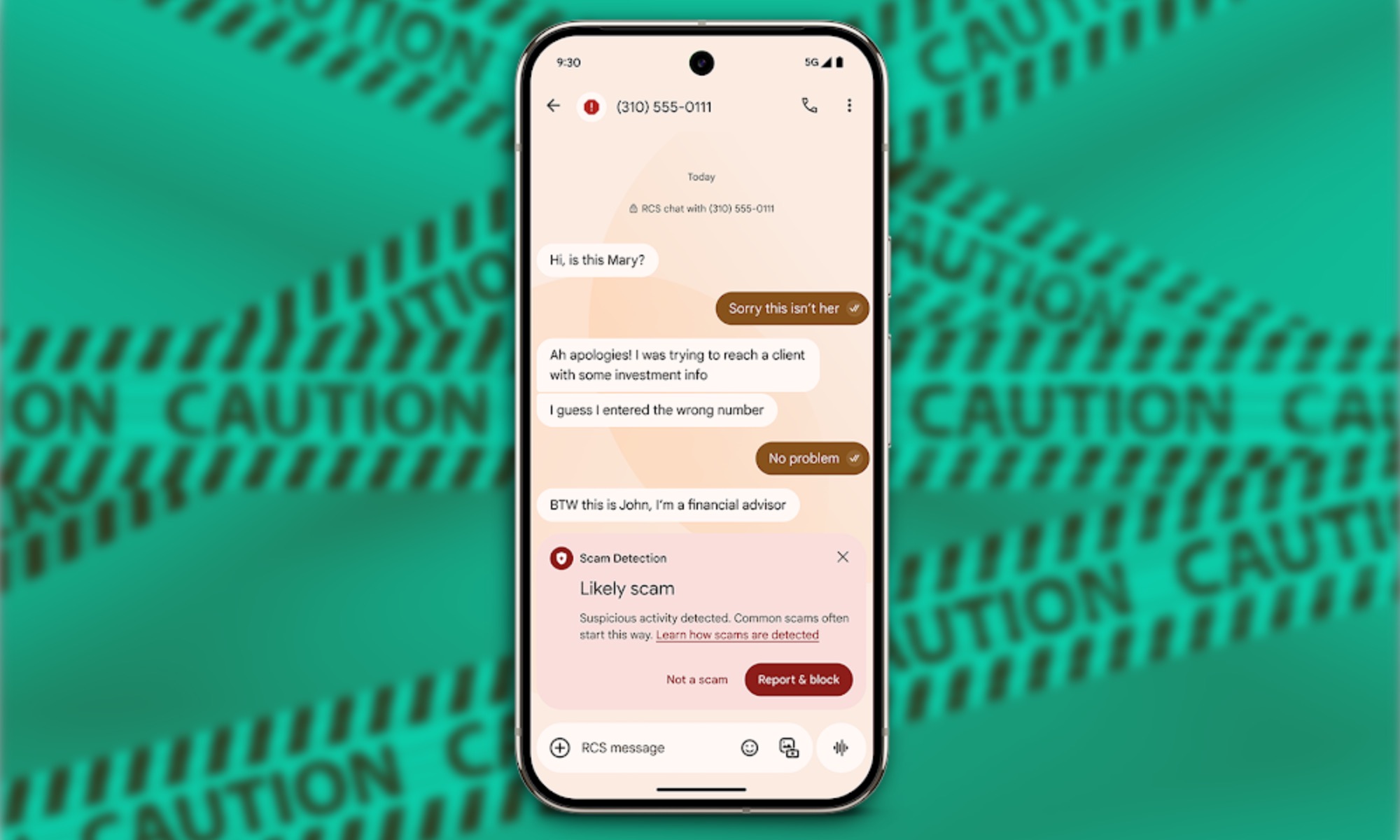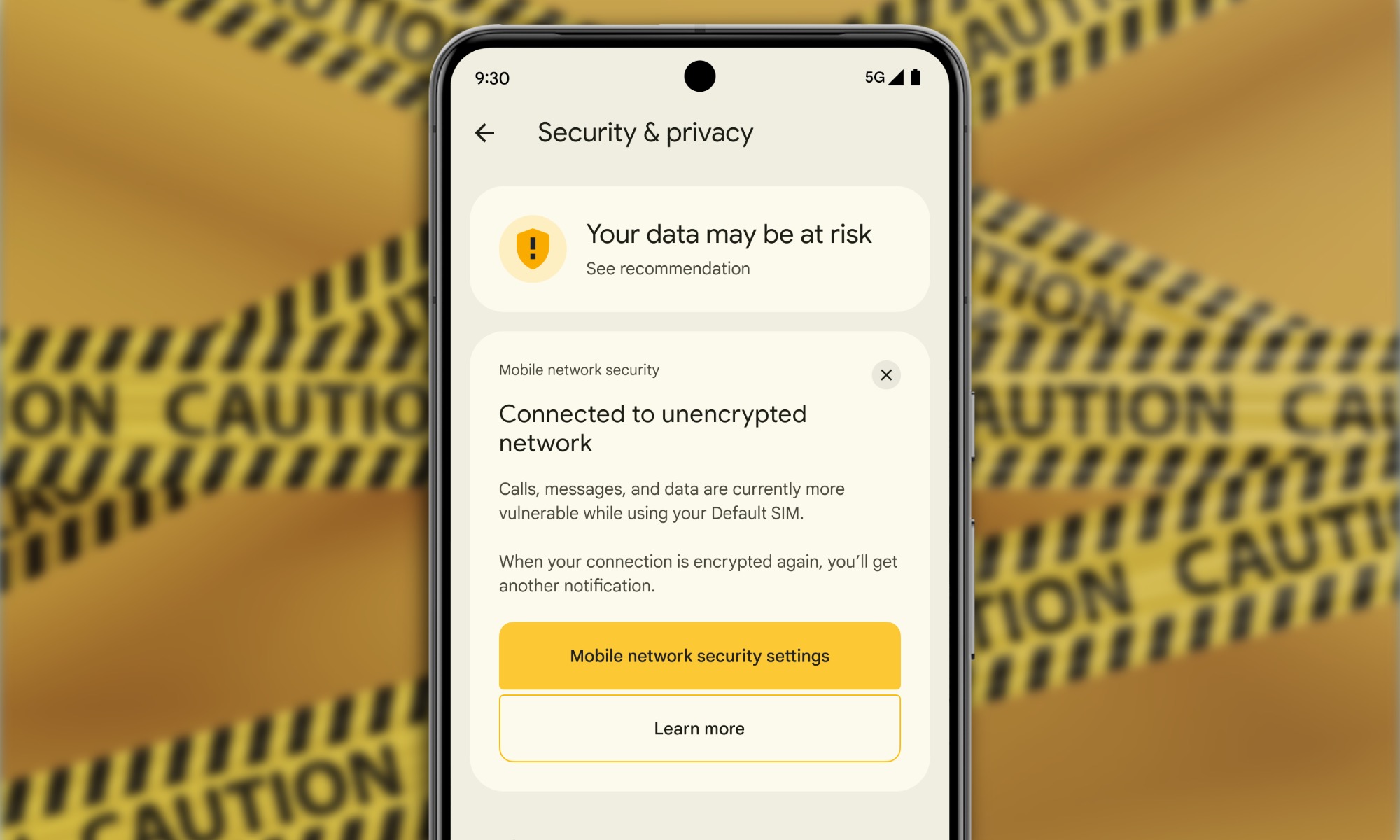A long-standing belief in the smartphone world suggests iPhones offer superior security compared to Android devices. The open-source nature of Android has, at times, made it a target for malware and deceptive applications, alongside the persistent threat of phishing attempts through calls and messages. While diligent digital practices are crucial, sophisticated scammers can often outwit even the most cautious users. However, in recent years, Google has adopted a significantly more proactive stance, introducing safeguards for Android users that are notably absent on iPhones, especially leveraging Google AI scam detection.
Bringing AI into the Arena
The term “AI” might evoke a sense of fatigue given its ubiquitous presence, highlighted by its 92 mentions at Google’s latest I/O developer event, with “Gemini” being referenced 95 times. Beyond the hype, Google has been diligently embedding AI intelligence to identify suspicious activities in real-time during call and text interactions with malicious actors.
 Google Phone app displaying an AI-powered scam warning during an active call on an Android device, highlighting real-time protection.
Google Phone app displaying an AI-powered scam warning during an active call on an Android device, highlighting real-time protection.
A key component of this strategy is AI-powered scam detection integrated into Google’s Messages and Phone apps. This technology specifically targets conversational scams, where perpetrators gradually manipulate individuals into divulging sensitive information, making unauthorized financial transfers, or suffering other types of losses. Scammers often impersonate bank officials or government representatives—a tactic the FBI has warned about—leading to widespread fraud related to jobs, deliveries, and toll payments. Google states it employs “intelligent AI models capable of detecting suspicious patterns and delivering real-time warnings over the course of a conversation.”
This AI scrutinizes conversations for suspicious patterns in real-time, triggering a scam warning if necessary. Users are also provided with an option to immediately terminate the conversation and block the individual. Similarly, during phone calls, the Gemini Nano AI model monitors for red flags, such as the caller mentioning payments or pending deliveries, and subsequently alerts users through on-screen notifications, audio cues, and haptic feedback. These smartphone scam protection measures are becoming increasingly vital.
Thwarting Bad Callers at Each Step
 Infographic showcasing Google's integrated scam prevention features within its Phone and Messages apps on Android.
Infographic showcasing Google's integrated scam prevention features within its Phone and Messages apps on Android.
These new protections build upon a foundation established years ago. In 2022, Google announced that its integrated machine learning system within the Messages app was identifying and flagging 1.5 billion spam, phishing, and scam messages monthly. Recognizing the ever-evolving threat landscape, Google continually adapts to counter new trickery employed by digital swindlers. Screen-sharing has emerged as one such vector for scams. To mitigate this risk, one-time passwords (OTPs) delivered via SMS and email are now automatically hidden from message content if screen sharing is active.
 Android phone screen demonstrating Google Messages and Phone apps with built-in anti-scam and phishing protection tools.
Android phone screen demonstrating Google Messages and Phone apps with built-in anti-scam and phishing protection tools.
Consequently, even if a scammer gains screen-sharing access, they cannot directly view the OTP from the incoming notification. In fact, notifications from any app generating OTPs are obscured during screen sharing. Likewise, when users input sensitive data like usernames, passwords, and credit card numbers, this information is also concealed from screen sharing. Users can further enhance privacy by opting to share the screen activity of only a single app. Android 15 also introduces advanced cellular protections to defend against sophisticated attacks where scammers utilize cell site simulators. If a cellular connection is unencrypted, users receive a warning that their calls and messages could be intercepted or monitored.
 Android phone interface showing a verified call with business name and logo, enhancing caller trust and security.
Android phone interface showing a verified call with business name and logo, enhancing caller trust and security.
Phone calls remain a prime channel for social engineering attacks, with scammers frequently posing as company employees to gain trust. To combat this, Google has implemented a verified call system. This feature displays the caller’s name, business logo, and a verified badge directly on the incoming call screen, enhancing Android security features. [internal_links]
Vigilance in Messages
Similar to its Phone app, Google Messages employs machine learning to identify risk signals and alert users to fraudulent job offers and package delivery scams. “When Google Messages suspects a potential scam text, it will automatically move the message into your spam folder or warn you,” Google assures.
 Google Messages app on Android displaying a warning for a potential scam text, illustrating automated detection capabilities.
Google Messages app on Android displaying a warning for a potential scam text, illustrating automated detection capabilities.
Verified SMS badges have been a feature of the Messages app since 2019, working in conjunction with real-time spam detection. Unlike calls, text messages present unique risks, such as embedded malware and malicious URLs. To protect users, the app automatically blocks messages from suspicious senders that contain links and issues a warning. Many scammers use disposable international numbers, a threat the Messages app also addresses.
 Visual representation of Google's multi-layered scam alert and detection system working on an Android smartphone.
Visual representation of Google's multi-layered scam alert and detection system working on an Android smartphone.
Users now have the option to automatically hide all incoming messages from international senders not in their contact list. Furthermore, with the rise of AI deepfakes leading to increased identity theft and impersonation attacks, Google has developed a contact key verification system. This system uses cryptography to help ensure that the person you are communicating with is genuinely your acquaintance. Thieves often perform SIM swaps on stolen phones to target the owner’s contacts. Phone-based contact key verification, through QR code scanning or number comparison, helps flag such impersonation attempts.
Read the Threat, Warn the Victim
Proactive strategies are key. Call Screen, for instance, allows AI to answer incoming calls on your behalf, inquiring about the caller’s name and purpose before you even pick up. The aim is to vet the caller’s identity and prevent risky conversations before scammers can interact with their targets.
 Android smartphone showcasing built-in fraud detection and warning notifications from Google Messages and Phone apps.
Android smartphone showcasing built-in fraud detection and warning notifications from Google Messages and Phone apps.
Even if a call is answered, built-in AI systems will warn users if a scammer attempts to persuade them to disable Google Play Protect to install malicious apps. Alerts are also triggered mid-call if a fraudster instructs users to sideload an app or grant accessibility permissions. The Phone app will even advise users to stop screen-sharing if it detects suspicious patterns during a call. Google’s onboard AI detection systems in the Phone and Messages apps are trained to identify toll, billing, crypto, finance, gift card, prize, and technical support scams.
 Demonstration of Google's real-time AI scam detection system analyzing a call for suspicious patterns on an Android device.
Demonstration of Google's real-time AI scam detection system analyzing a call for suspicious patterns on an Android device.
In contrast, Apple devices primarily offer reactive measures like blocking and reporting spam. There are no user-facing, proactive detection and evasion techniques deeply integrated into iOS or its default call and messaging apps.
In essence, if you are concerned about the expanding threat of call and message-based scams, an Android phone presents a compelling option. For the most up-to-date and robust safety tools, a Google Pixel smartphone is particularly recommended, ensuring early access to these features in their optimal form. It’s noteworthy to see Google taking a clear lead in Android safety innovation, while the iPhone’s security reputation seems to rest more on past achievements than recent, proactive advancements in this specific domain.











